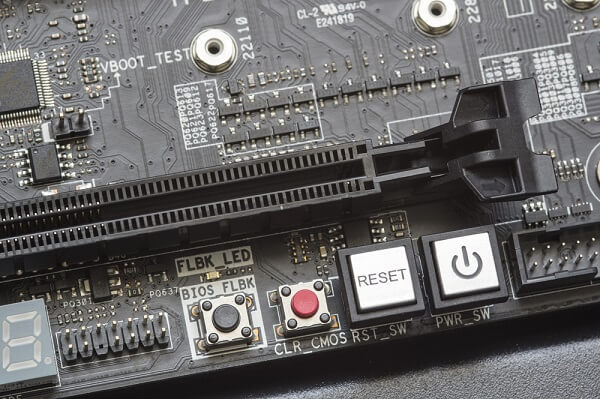We all know that we can turn on a motherboard only using the power button on our computer cabinet. But when assembling a new computer, you may need to turn on the motherboard before you can fit it into the computer case to ensure it works properly. But is it even possible?
Surprisingly, it is possible to turn on a motherboard without a case though it is not as simple as using the power button on the case. In simple steps, we will explain how to turn the motherboard on without any power button.
Outline
ToggleHow to Power the Motherboard on Without Using Power Button?

1. Remove Power Sources
After discharging static electricity, your first job is to disconnect all the power sources from your motherboard. You can check the manual to understand the motherboard’s connection points for power sources.
2. Examine The Motherboard
It is time to locate the components of the motherboard that are required to power the motherboard on without using power button.
- Find the Front Panel Connector: You need to spot the front panel connector that supplies power to all the components on the motherboard. The front panel connector consists of ten pins responsible for supplying power to different components. If you cannot find the front panel connector, refer to the motherboard’s manual.
- Find the Power Switch: Out of the ten pins in the front panel header, you need to locate the pins for the power switch. It is generally the 6th and 8th out of the ten pins. If you have twenty pins in the front panel header, the 11th and 13th pins are likely for the power switch. You will need to short-circuit them; hence, you need to be completely sure that you have located the correct pins for the power switch. Therefore, refer to the motherboard’s manual for confirmation.
3. Short The Power Switch Pins
When you connect a power connector to the front panel header and press the power button on the case, the connector short-circuits the pins to power up the motherboard. We will use the same concept of short-circuiting the pins but manually. You will need a conductive metal object like a flat screwdriver to short-circuit the power switch pins.
You are basically connecting the positive and negative pins of the power switch. As soon as you short-circuit the pins, your motherboard will boot up, and you can remove the conductive metal object when it turns on. That is how you can power on the computer when the power button is not working properly.
4. Use Your Motherboard’s Power Button
Some high-end motherboards have a dedicated start button to power up the motherboard without pressing the power button on the case. However, a motherboard’s power button is not present in most motherboards. You must check your motherboard’s manual to find the power button. It is generally labeled as “Power” or “ON” on the motherboard. If you find one on your motherboard, press it instead of short-circuiting to start your motherboard.
Power Button on Motherboard – FAQs
Ans: No, every motherboard does not have a dedicated power button. Only high-end motherboards have a power button. You can inspect the motherboard or check the manual to find out if your motherboard has a power button.
Ans: The power switch on the motherboard is present in the front panel header. The front panel header is generally located in the bottom-right section. The power switch is generally the 6th and the 8th pin for the 10-pin header or the 11th and the 13th pin for the 20-pin header.
Ans: You can find the power button on your motherboard and press it if available. If unavailable, you can short-circuit the power switch pins to turn on your motherboard without pressing the power button on the case.
Ans: You can turn your computer on and off with the motherboard’s dedicated power button. This is useful when the power button on your PC case is not working properly.
Conclusion
To sum it up, it is possible to turn on your motherboard and system as a whole without pressing the power button on your PC case. You can use the power button on the motherboard if available. Otherwise, you can short-circuit the power switch pins on the motherboard to boot up your motherboard instantly, and we will illustrate the simple and safe steps for you to follow.

